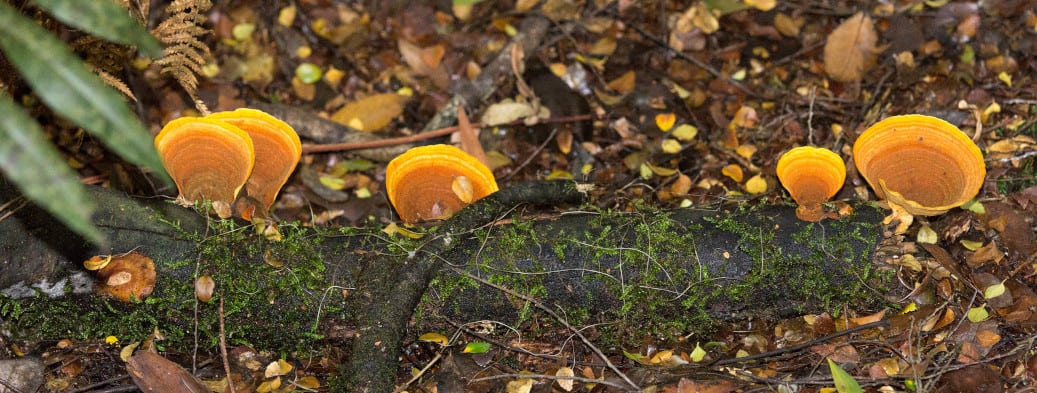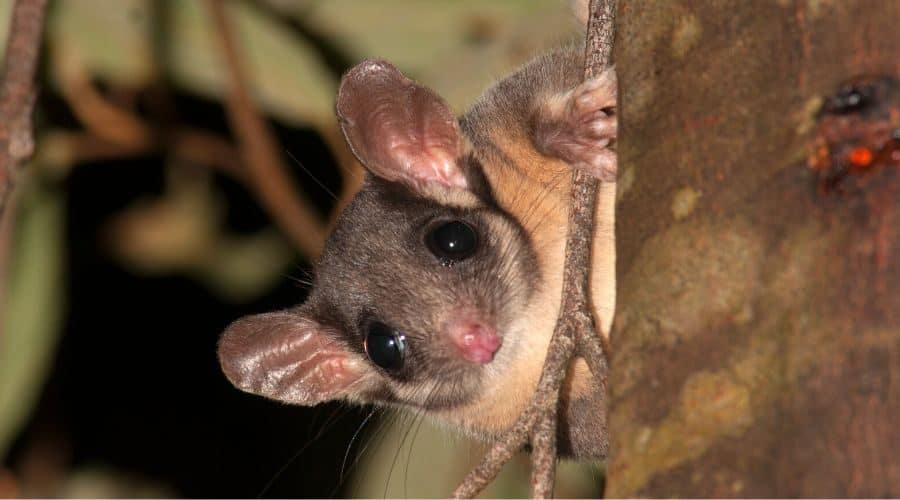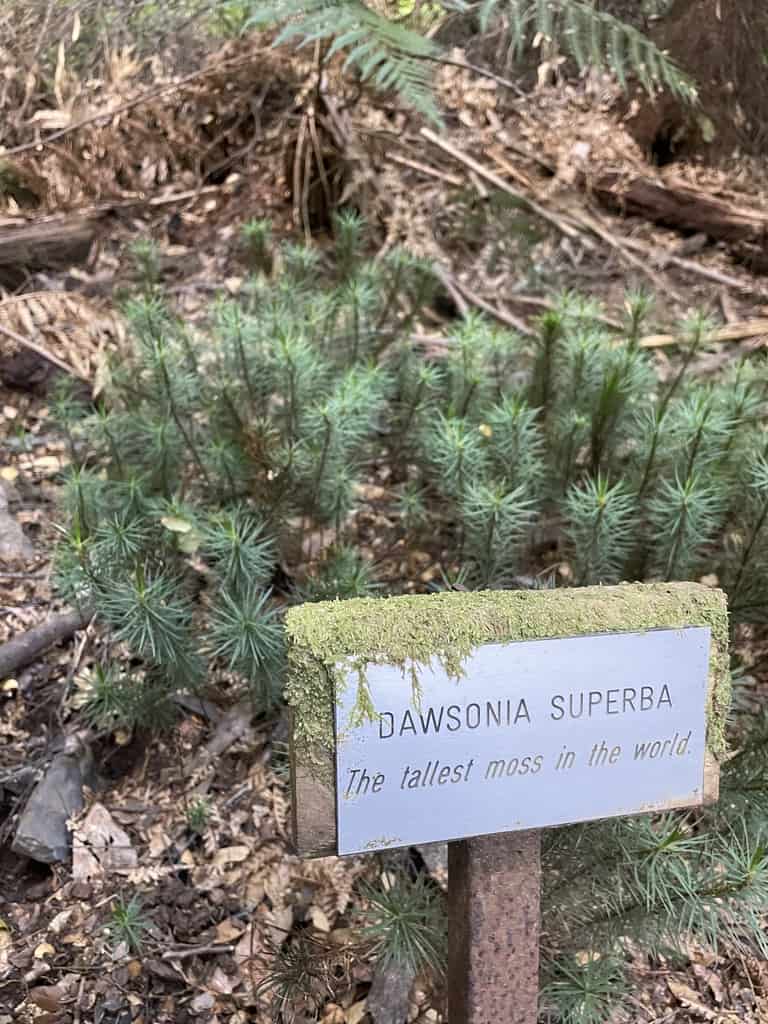Forest Transformations: Adaptations and Changes in the Forest over the last 65 million years.
-
Forests
-
Long term environmental impacts
-
Plant and animal adaptations
-
Human Impacts



Program Overview
This program introduces students to the changes in the position of the continents over the last 65 million years due to tectonic plate movement and the subsequent changes to climate, soil, vegetation, animals and water experienced over time including the Pleistocene (a geological epoch that includes the last ice age and lasted 2.5 million to 11,700 years ago) when MEGAFAUNA roamed the Earth.
It also explores the history of Indigenous Australians that began at least 65,000 years ago, when humans first inhabited the Australian continent, (predating European and American settlement) their Hunter–Gatherer minimalist Lifestyle that adapted to the diverse environments of the continent; their Connection to Land and; the impact of European Colonization that led to significant changes in Indigenous cultures and populations, including the introduction of new diseases and the loss of land and traditional ways of life.
It also looks at other impacts of colonialism such as the Gold Rush and the environmental impacts of the introduction of animal species like the fox and the domestic cats and explores plant and animal adaptations. Teachers may choose an optional activity for students to complete introductory-level fieldwork sketching and data collection tasks as a part of the Victorian Geography curriculum.
The 4 hour excursion includes a visit to a variety of forest ecosystems, where comparisons will be made between the Mountain Ash and Messmate Eucalypt Forests and a Cool Temperate Rainforest.
Inclusions and Notes
Equipment supplied by Gould League: Safety helmets worn by all participants; worksheet and all tools required for fieldwork data collection.
Equipment needed: A chartered bus (which is required to remain with the group at all times). First aid kit, sunscreen, insect repellant and PPE including hand sanitiser to kill viruses, bacteria and other micro organisations.
Please note that our Gould League educators will travel on your bus for the duration of your program time. We ask schools to ensure when booking coaches that 1 one seat is allocated for each group booked as they will provide commentary on the bus to students and guide the bus drivers. Please advise the Bookings Manager if there is no room on the coach for our educators, and travel fee of $0.88 per km will be added to your final invoice. This amount will vary according to the activities undertaken on the day which can vary due to local weather conditions. Maximum travel fee is $40. This covers the cost of one vehicle only as Gould League Educators will carpool.
Student needs to bring: Their own water and lunch, sunscreen, a clipboard, pencil, and a copy of the Gould League worksheet (usually sent 14 days prior to excursion so copies can be made for students) to guide the forest investigation; bag to take away your rubbish.
Restrictions: This Gould League program is delivered in the Toolangi State Forest, in the North Central Fire District and does not operate on days with a Fire danger rating of Extreme and Catastrophic. On rare occasions, programs may be postponed due to extreme weather predictions involving wind/storms. In both cases, these programs will be rescheduled at the earliest convenience of both parties.
Programs however DO operate during wet/snowy weather. Please contact us to discuss the best timing to optimize your group’s experience and ensure suitable clothing and footwear for the conditions predicted. Plan for wet weather from April-October, and expect temperatures at least 5 degrees colder than suburban Melbourne.
Curriculum Links
GEOGRAPHY: Geographical Concepts and Skills – Data and Information
Collect and record relevant geographical data and information from the field and secondary sources, using ethical protocols (VCGGC088)
Represent the location of places and other types of geographical data and information in different forms including diagrams, field sketches and large-scale and small-scale maps that conform to cartographic conventions of border, scale, legend, title, north point and source; using digital and spatial technologies as appropriate (VCGGC089)
GEOGRAPHY: Geographical Knowledge – Factors that shape places and influence interconnections
Influence of people, including the influence of Aboriginal and Torres Strait Islander peoples, on the environmental characteristics of Australian places (VCGGK094) Elaborations
– Identifying how Aboriginal and Torres Strait Islander communities altered the environment through their methods of land and resource management
– Exploring the extent of change in the local environment over time, through for example, vegetation clearance, fencing, urban development, drainage, irrigation, farming, forest plantations or mining
Environmental and human influences on the location and characteristics of places and the management of spaces within them (VCGGK096) Elaborations
– Investigating the influence of landforms on the development of settlements that are involved in food and fibre production. For example, river valleys such as the Murray-Darling, Yellow (Huang He), Yangtze, Amazon, Mekong or Ganges
– Examining how the use of the space within their local place is organised through zoning
– Explaining why most Australians live close to the coast rather than in inland Australia
SCIENCE: Science Understanding – Biological Sciences
Living things have structural features and adaptations that help them to survive in their environment (VCSSU074) Elaborations
– Explaining how particular adaptations aid survival, for example, nocturnal behaviour, silvery coloured leaves of dune plants
– Describing and listing adaptations of living things suited for particular Australian environments
The growth and survival of living things are affected by the physical conditions of their environment (VCSSU075) Elaborations
– Observing the growth of fungi, for example, yeast and bread mould in different temperature conditions
– Investigating how changing the physical conditions for plants impacts on their growth and survival, for example, changing salt water concentrations, using fertilisers or transferring to a different soil type
The Victorian Curriculum F-10 content elements are © VCAA, reproduced by permission. Victorian Curriculum F-10 elements accurate at time of publication. The VCAA does not endorse or make any warranties regarding this resource. The Victorian Curriculum F-10 and related content can be accessed directly at the VCAA website.
